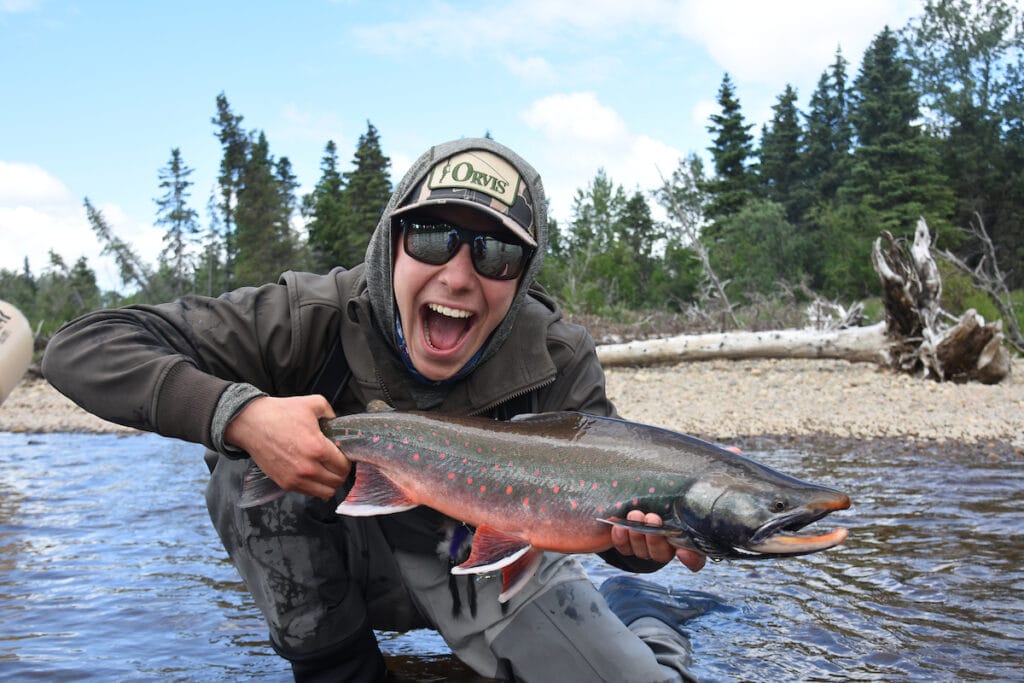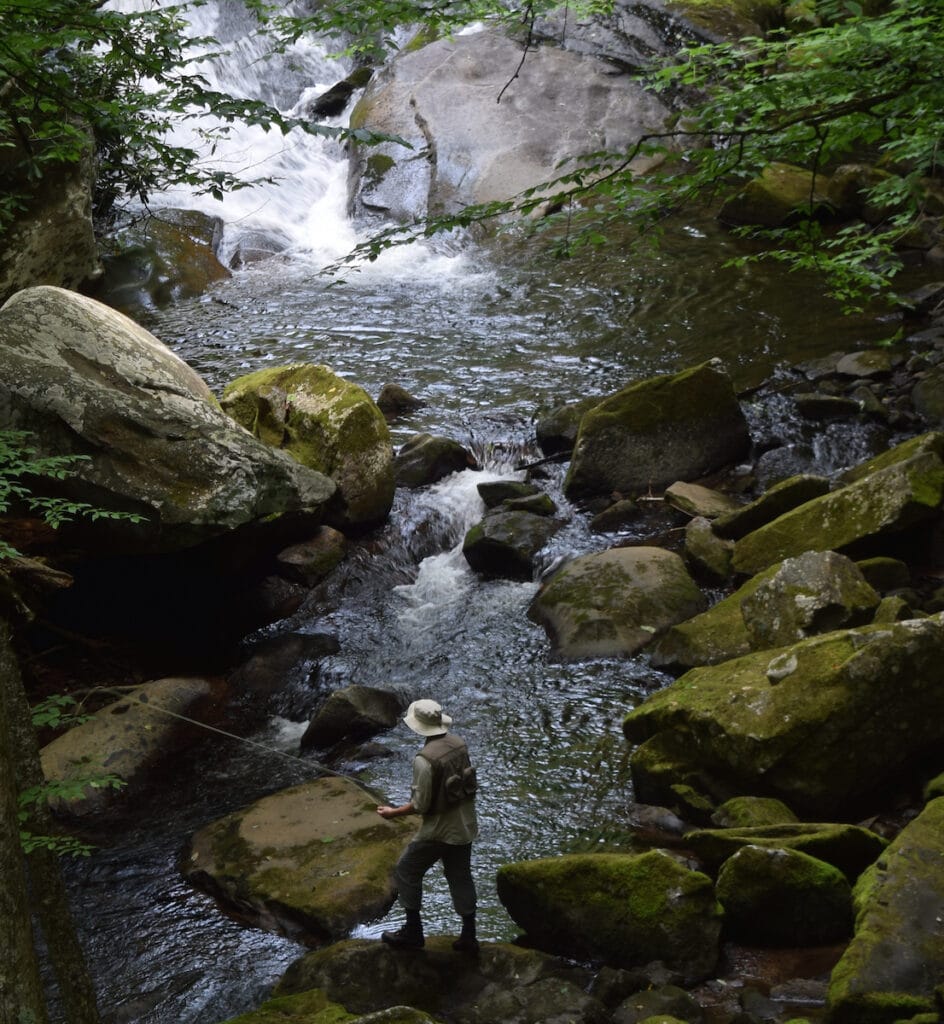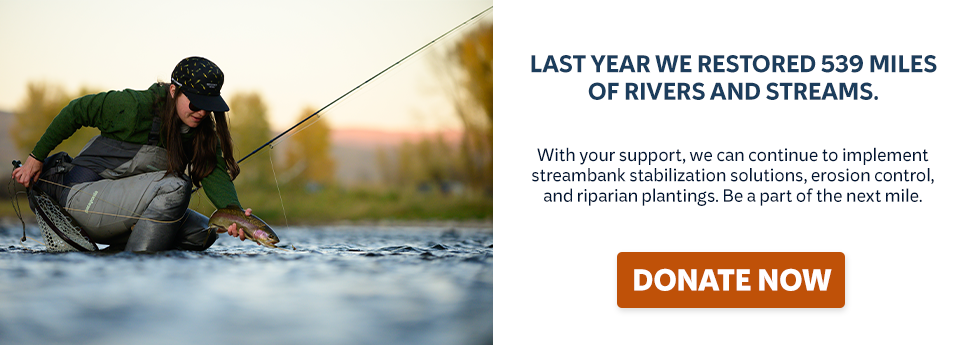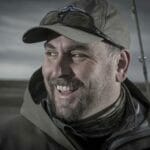When I tell my mother I went fishing today, what’s the first thing she asks?
“How many did you catch?”
“Dunno, Mom, I don’t really count. A handful I guess.”
And what’s question number two?
“Any big ones?”
Believe me, I get it. How big and how many have likely been the measures of fishing success since humans started fishing in the first place. At least for some people.

I like to think Izaak Walton thought deeper as he was walking the banks of the River Itchen in Hampshire, England, and thinking up The Compleat Angler in the mid 17th Century.
After all, he wrote:
“The jealous trout, that low did lie
Rose at a well-dissembled fly
There stood my Friend, with patient skill,
Attending of his trembling quill.”
And that’s a far cry from:
“My Friend set about to whacketh and stacketh as many hogs as he might will to catch.”
The fact of the matter is, currently and in many places, if everyone who fished set about to catch as many as they possibly could, and they only cared about the big ones, the fisheries would not be sustainable.
And, for what it’s worth, catch and release, while seemingly noble in intent, can be misused as rationalization for being a game hog.
Oh, I’m as guilty as anyone, and I often cannot resist making just one more cast.
But I’ve also come to realize that how anglers go about their fishing is, in and of itself, a conservation concern, as much or more than anything else. Maybe second only to climate change in determining what the state of trout fishing will look like 50 years from now.

The good news? I actually believe the worm is turning. I’m seeing the attitude shift everywhere.
Look at the fishing company ads you see in TROUT magazine and elsewhere these days. Most of them are all about celebrating the experience and respecting your surroundings as you fish.
“Product X will help you catch more fish!!” has become such an outdated, out-of-touch marketing approach that serious anglers laugh it off.
And there’s even a movement afoot within the ranks of fishing guides. The smartest, best guides know what’s going on, and they know how to play the long game. They know that being a great guide means more than counting fish—it’s teaching, mentoring and stewarding the resources, and more.
The best guides don’t care about the how many, or even how big (but, yeah… sure, a big trout here and there does flip the excitement switch). They just chop the equation in half and focus solely on “how.”
Now I’m not naïve enough to think anglers won’t care about catching fish at all. I hear it all the time from those “enlightened” anglers who say they don’t really care if they catch fish. If I said that to you, you should tell me to screw the cap back on my head cement, because I’d be fibbing. I hate getting skunked.
And big fish are cool. Big fish (that aren’t raised in a pen and dumped in a river) are especially cool, because they indicate the river is healthy enough to support a long productive trout life. And if you are either skilled or lucky enough (probably a bit of both) to catch that big old fish, good for you. Hat’s off. That’s worth appreciating.
But every day doesn’t have to produce miracles by hook or crook. I think as we collectively continue to appreciate the how and the why as much or more than the how many or how big, the future will be bright, and we won’t have to wonder how many seasons a river will fish before it is no longer.



